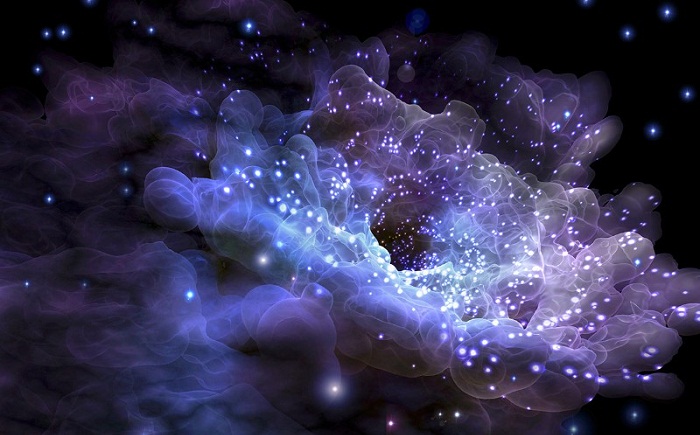Now we’re starting to figure out why. Decker French of the University of Arizona in Tucson and her colleagues have found that most of these star-eating black holes dwell in galaxies that experienced a “starburst” – a rash of new star formation – during the last few billion years.
Many of these starbursts are likely caused by a galactic collision. When two galaxies hit each other, gas clouds from one galaxy strike those from the other, compressing the gas and spawning lots of new stars.
The team analysed eight galaxies whose black holes swallowed stars and found that six of them – 75 per cent – recently experienced starbursts. French calls the result “very significant” because recent starbursts have occurred in only 2.3 per cent of galaxies in general.
Cosmic catapult
A galactic collision endangers stars in at least two ways. First, the collision catapults stars towards the galactic centre, where the supermassive black hole waits to greet – and eat – them.
Second, the black hole from one galaxy can go into orbit around the black hole from the other galaxy, forming a black-hole binary that gobbles passing stars more easily than a single black hole can.
Any planets orbiting these stars will likely be doomed as well – so is our solar system in danger? The Andromeda Galaxy will collide with the Milky Way 4 billion years from now, a smash-up that could toss us into the galactic core. “It’s very, very unlikely,” French says, but “it will definitely increase the chances”.
However, Christopher Kochanek of Ohio State University in Columbus isn’t worried, since we are about 27,000 light years from the galactic centre. The stars at greatest risk, he says, are those close to the centres of Andromeda and the Milky Way. “You have to remember how far out in the boondocks we are.”
More about:
















































